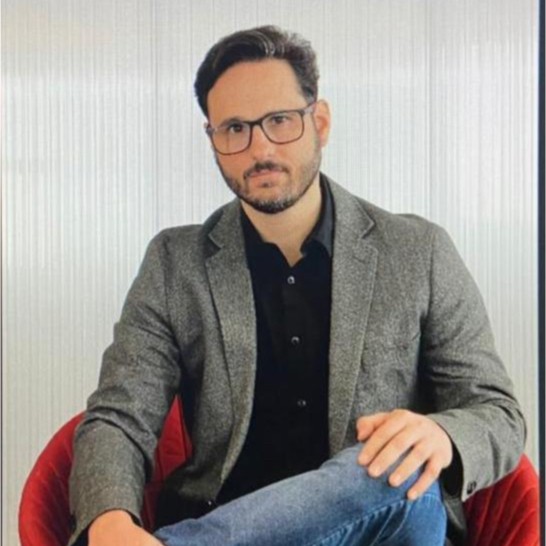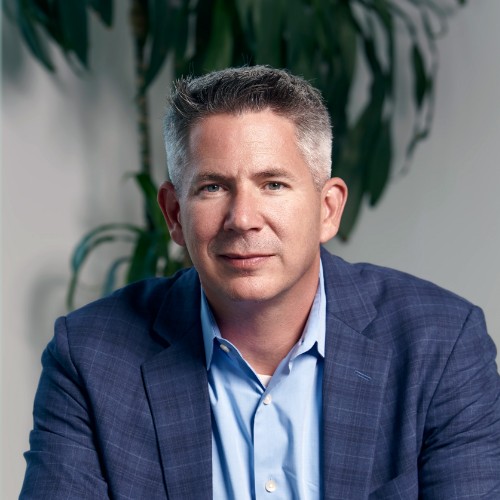Entrepreneur Case Studies
From Developer to Serial Entrepreneur: Michael Morris, CEO of Torc (Part 4)
Sramana Mitra: Tell me what is the beginning of Torc. How much funding did Frank put in?
Michael Morris: That was an important piece for me. Through my experiences at Appirio and Topcoder, I knew about the effort it takes to fundraise. I was concerned about it. I didn’t want to spend all my time constantly fundraising. I just wanted to build something and focus on that. The fact that they were private equity was a little bit of a different structure. I don’t see myself going to somebody else. We had a commitment for a large level of funding, but we’ve only taken $5 million.
>>>Building a Global Hardcore Financial Technology Company from Brazil: Ricardo Josua, CEO of Pismo (Part 3)
Sramana Mitra: Pinpoint for me exactly what problem you are solving now.
Ricardo Josua: We are solving agility with robustness for core banking capabilities. What banks have done for the past 10 years is take an agile team or a group of young developers and build experiences that are very cool but have to integrate with old legacy infrastructure. In 99% of the cases, that’s a major bottleneck. What we were providing is the backbone to match the chops of their customer experience needs. We have agile, microservices-oriented solutions for banking infrastructure.
>>>From Developer to Serial Entrepreneur: Michael Morris, CEO of Torc (Part 3)
Sramana Mitra: Is it all word-of-mouth that developers found out about you?
Michael Morris: Word-of-mouth. I referenced that Social Network movie because it mostly started in Computer Science departments at universities across the globe. Once we got a foothold in the US, it started going globally. Once we went global, it expanded. There was a point in time when we were adding about 50,000 people per quarter to the community. It was hugely viral growth. We did a great job of celebrating the top talent. That helped.
Sramana Mitra: That was helping their careers.
>>>Building a Global Hardcore Financial Technology Company from Brazil: Ricardo Josua, CEO of Pismo (Part 2)
Sramana Mitra: Now we’re in 2012?
Ricardo Josua: 2014. I started another venture in finance providing structuring for asset-backed security. It was lateral to the business we were doing at that point. I also began working with EdTech on modernization for schools.
Sramana Mitra: In what capacity were you involved in these ventures?
>>>From Developer to Serial Entrepreneur: Michael Morris, CEO of Torc (Part 2)
Sramana Mitra: What year does this bring us up to?
Michael Morris: This would be the end of 2001. A group of us stayed on for a little bit, then we left. We went and started a company called Topcoder. The whole idea was to build a community for software developers to compete and earn a profile, and do what you used to do in universities where you had grades. Oftentimes, you had competitions. We started doing those things with Topcoder. We got to about 10,000 people. We just saw it spread and grow. We grew that community. Fast forward to 2008, we probably had about 250,000 software developers in the community.
>>>Building a Global Hardcore Financial Technology Company from Brazil: Ricardo Josua, CEO of Pismo (Part 1)

We don’t hear of hardcore B-to-B technology ventures coming out of Latin America very often.
Ricardo is building one that caters to banks and financial institutions, has raised over $100M in financing, has over $25M in revenue, and has major Latin American banks as customers.
Sramana Mitra: Let’s start at the very beginning of your journey. Where are you from? Where were you born, raised, and in what kind of background?
>>>From Developer to Serial Entrepreneur: Michael Morris, CEO of Torc (Part 1)

Michael has not only transitioned successfully from a developer to an entrepreneur, but he has also built communities of developers and 2-sided marketplaces around them over and again. Torc is his third run at this overall mission of enabling and empowering developers to have great careers.
Sramana Mitra: Let’s start at the very beginning of your journey. Where are you from? Where were you born, raised, and in what kind of background?
>>>Building a Capital Efficient Healthcare AI Venture to $20M: Deepak Gaddipati, Founder and CTO of VirtuSense (Part 5)
Deepak Gaddipati: If you’re over 65, that person is 33% likely to fall. Of the 33%, 20% will get a major injury, about 6% will have falls with major injuries. Once you have a fall with a major injury, your immediate cost is about $34,000 for treatment. If a person falls – not just falls with injury – the likelihood of dying within the next 12 months is over 70%. The stats are pretty much stacked against someone who falls.
When we look at hospitals, it was reacting. What we did in 2016 was we took a portion of the company and asked them to work on the LiDAR technology in-room. We had a sensor that goes on the wall. It reconstructs the whole room in 3D and figures out where everything is.
>>>